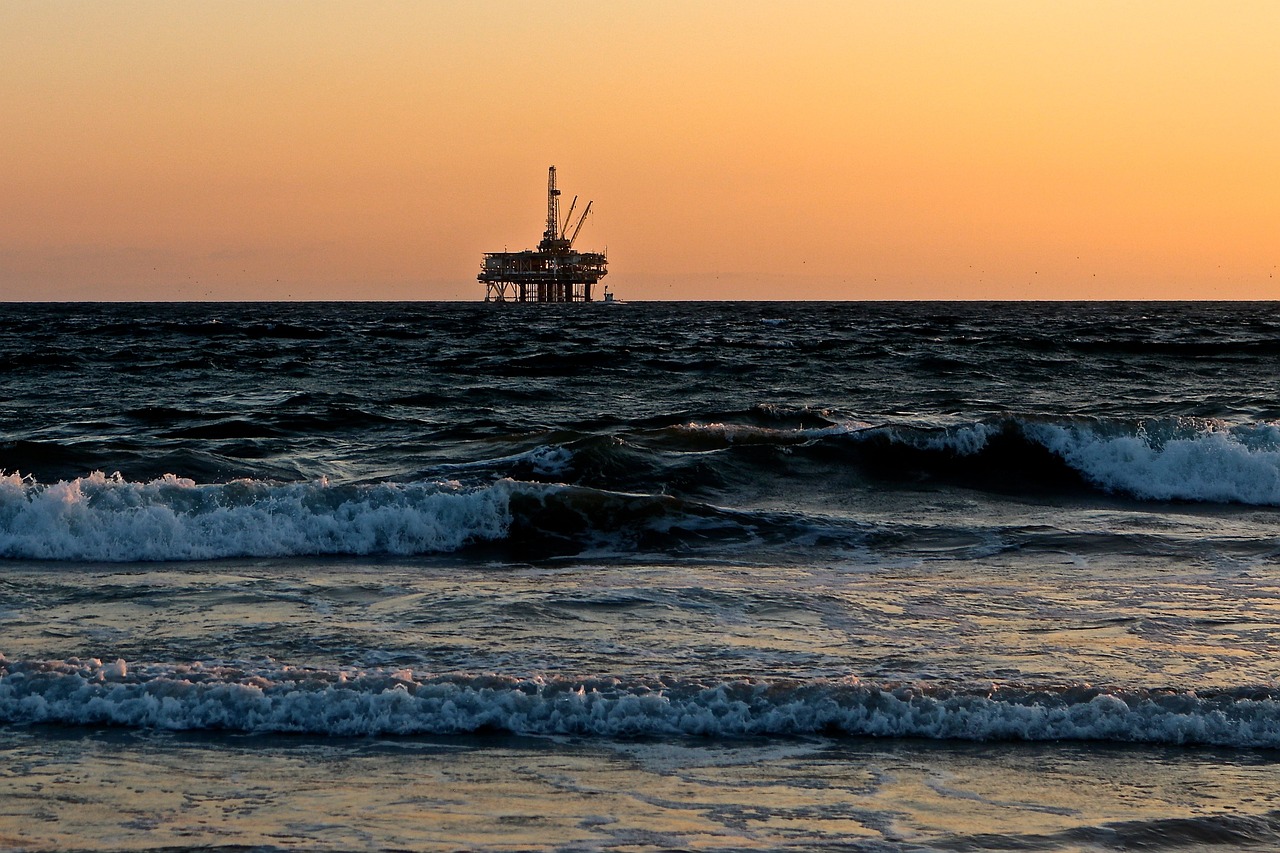Yael Iosilevich is a law student in the Buchmann Faculty of Law at Tel Aviv University and JURIST’s Staff Correspondent in Israel.
Last Wednesday, the final version of an Israel-Lebanon maritime border agreement was published. This deal comes at the end of a decade-long US-brokered effort to finally bring to an end the maritime dispute between the two countries.
The disputed area especially interests the countries due to the location within it of offshore natural gas fields: part of the Karish gas field, developed by Israel, and the Qana prospective gas field.
The Israeli-Lebanese maritime border has never been settled. Between the coasts of Israel and Lebanon lies a long-disputed maritime area between so-called “Line 1” and “Line 23”. Negotiations between the two countries focused on separating their exclusive economic zones in the eastern Mediterranean, have been in process on and off since 2011.
Some background on the law: countries can claim up to 12 nautical miles from their coasts as territorial water and additional 200 nautical miles as exclusive economic zones for fishing and mineral rights. In the case of Israel and Lebanon, the waters between the two counties are not wide enough to allow for claims of that size, so an agreed midpoint must be decided on to create a boundary. In such cases, oil and gas fields can extend beyond agreed-upon boundaries.
Regarding territorial lines, the final deal’s terms may be broadly outlined as follows. “Line 1” is where Israel strung up a buoy line, extending 3.1 miles into the sea from the Rosh Hanikra crossing (an international border crossing between Lebanon and Israel). Israel has been patrolling this area since the 2006 Lebanon war due to security concerns. Such measures include preventing Hezbollah from establishing a line of sight for rocket/missile fire against Israel’s northern coast. This current ‘buoy line’ and the area up to the shore were agreed to be recognized as a “status quo” until the parties determine a land boundary in the future. Beyond the buoys, the maritime border will follow Line 23 per Lebanon’s requests. The area of Line 23 contains 83% of the Qana prospective gas field, and according to the parties’ agreement, Qana will be developed by Lebanon. Consequently, Israel will receive compensation for its 17% share of the Qana prospect when the area is developed.
The United States is also involved as an essential party to the agreement. This is because the deal includes the US’ promise to provide Israel with a side letter, suggesting that Washington will put its diplomatic weight behind its position on the deal’s terms if Hezbollah or other parties violate them.
The agreement benefits Israel and Lebanon for both economic and security reasons. One widely advantageous economic reason is that the deal eliminates uncertainty regarding Israel’s offshore holdings. This will allow Israel to begin extracting oil and gas from the Karish field to export it to Europe, helping to ease the gas shortage that is only deepening.
Regarding security reasons, establishing gas facilities on either side of the new maritime line, which has been a friction point for years, will stabilize the area, as each side will have an economic stake in maintaining quiet.
Moreover, since the Qana prospective gas field is a potential source of income for Beirut, this could be a possible financial relief for Lebanon during its unprecedented economic crisis. This is also an upside for Israel, which does not want a failed state on its border, believing that this will enable Hezbollah to gain more power and influence.
Though the two countries continue to consider each other enemies and did not engage directly in this process, this is one more step toward stability and prosperity in the region. This also proves that even when peace is impossible, steps can be taken – and win-win steps can help in difficult situations.


